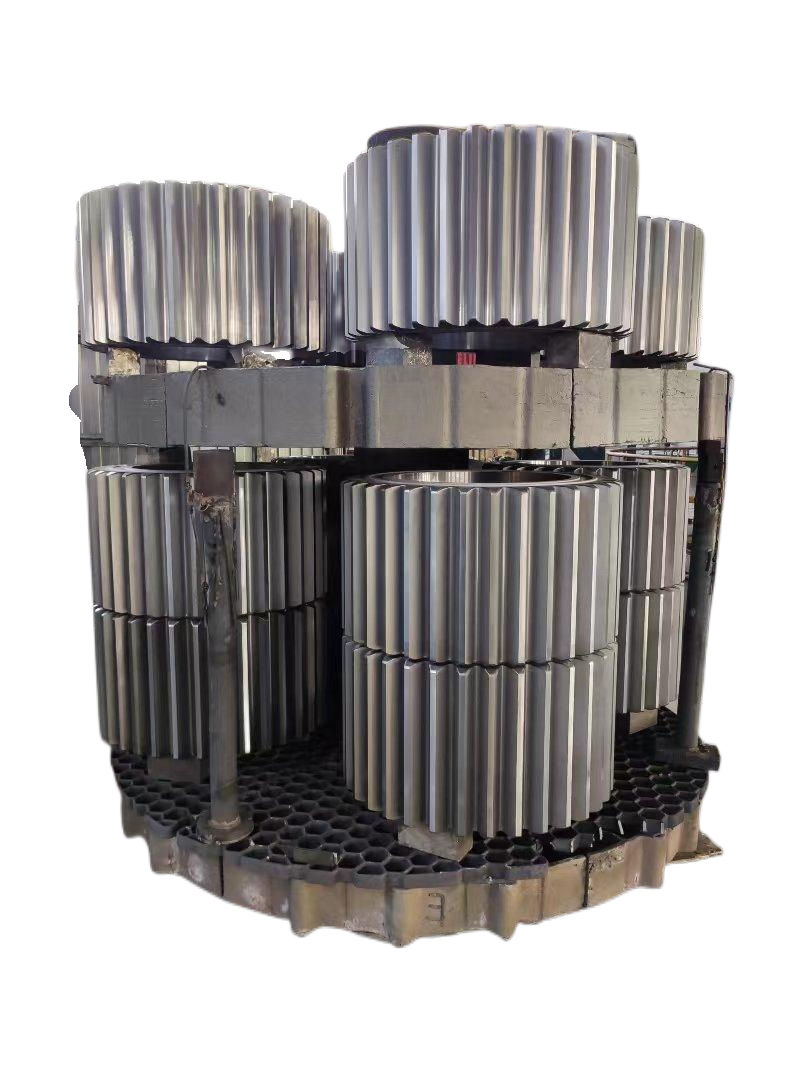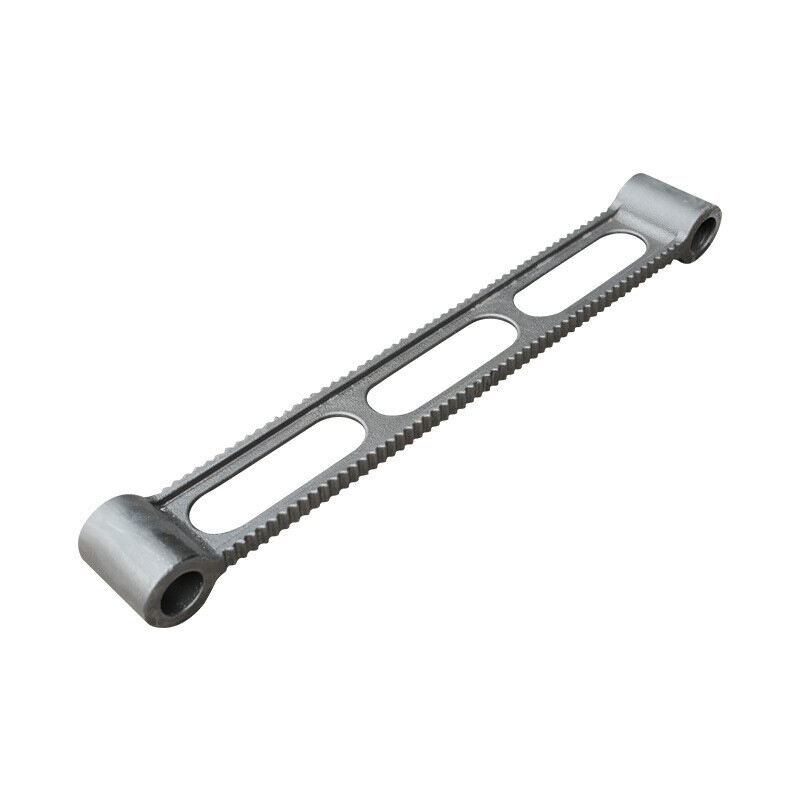tungsten steel alloy
Tungsten steel alloy represents a cutting-edge material that combines the exceptional hardness of tungsten with the durability of steel, creating a superior metallic compound. This remarkable alloy is engineered through a sophisticated powder metallurgy process, where tungsten carbide particles are carefully combined with a cobalt binder, resulting in a material that exhibits extraordinary wear resistance and unparalleled hardness. The composition typically consists of 80-95% tungsten carbide and 5-20% cobalt, delivering optimal performance across various applications. The alloy's distinctive properties include remarkable heat resistance, maintaining structural integrity at temperatures up to 1000°C, exceptional compression strength exceeding 500,000 psi, and superior wear resistance that surpasses traditional steel alloys by up to 100 times. These characteristics make tungsten steel alloy an indispensable material in modern manufacturing, particularly in cutting tools, mining equipment, and high-wear components. The material's versatility extends to aerospace applications, military hardware, and precision instruments, where its unique combination of hardness and toughness proves invaluable.

